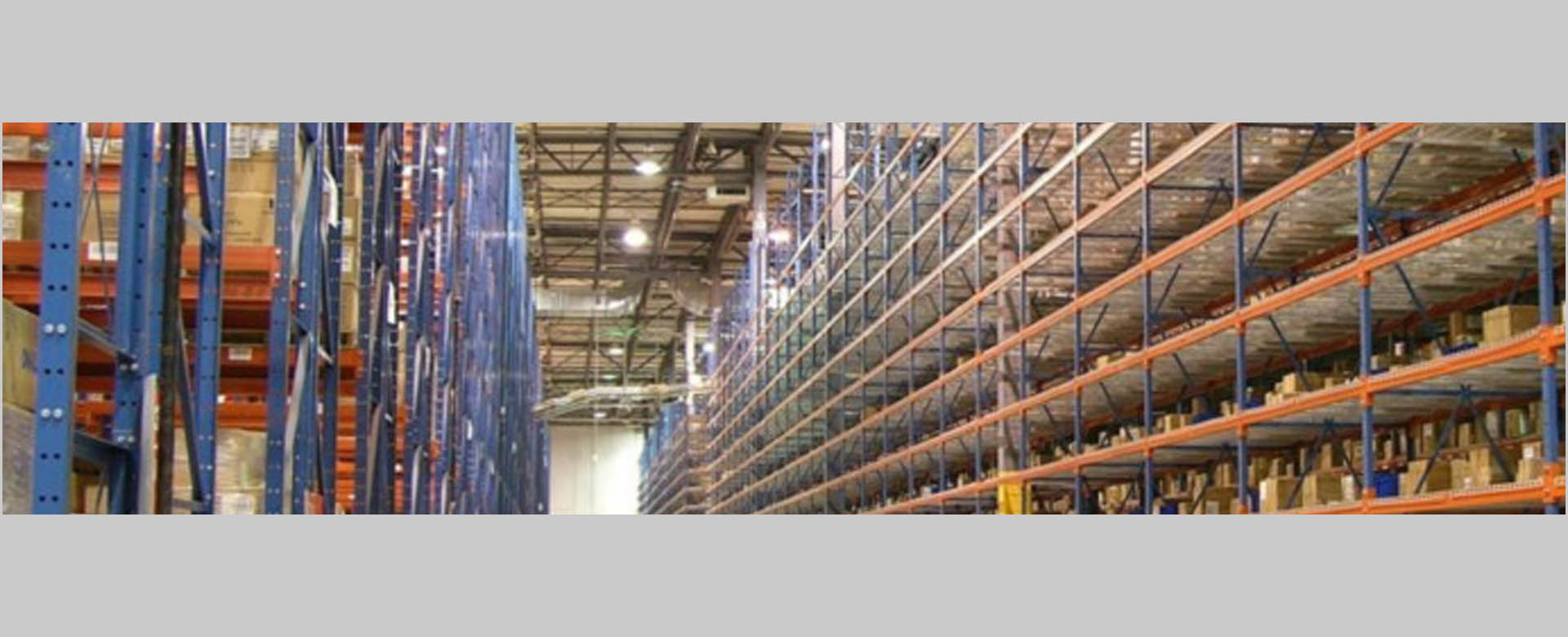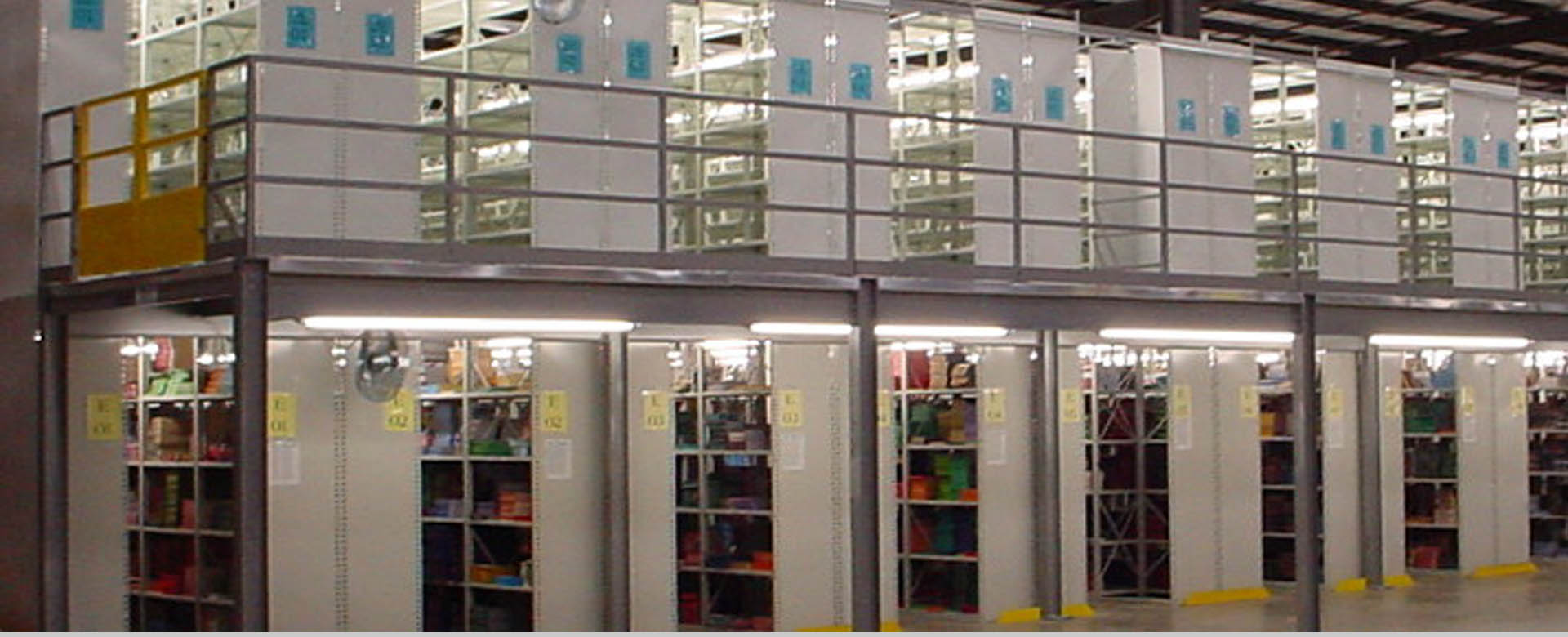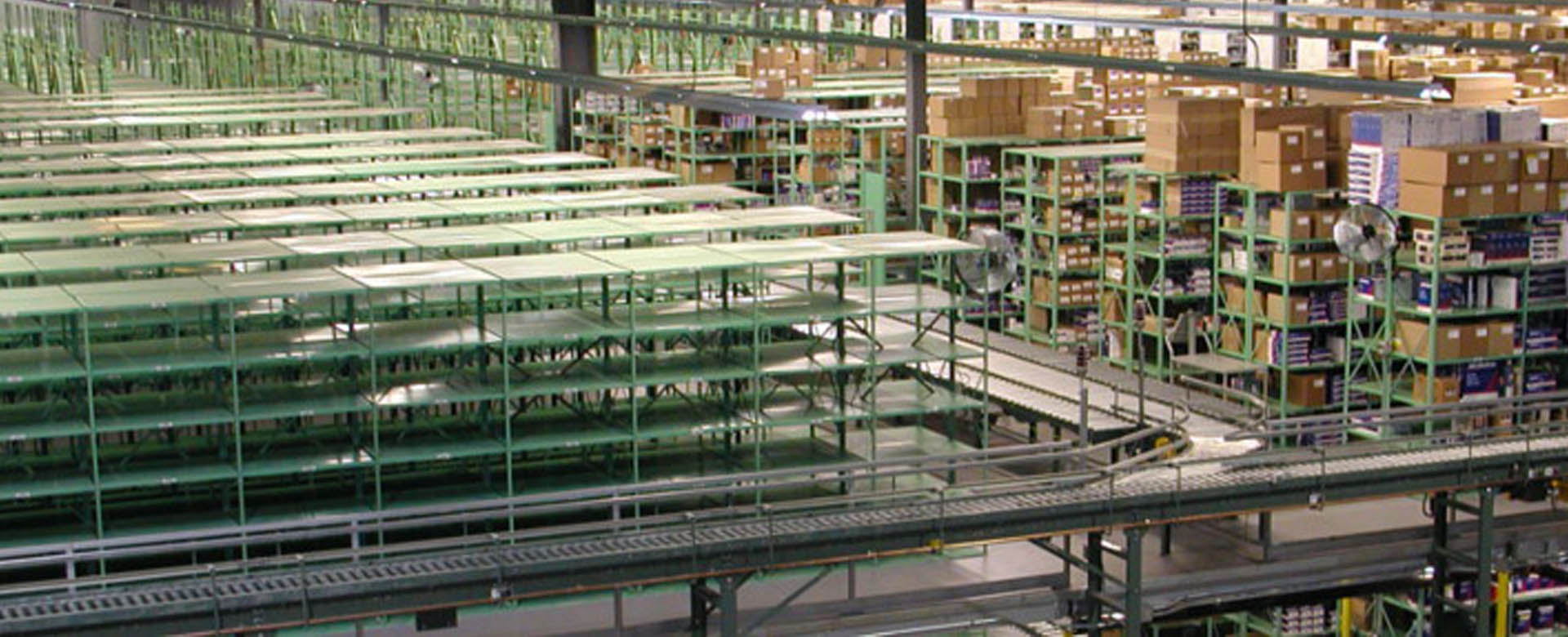Case study: How United Auto Supply finally conquered demand
Case study: How United Auto Supply finally conquered demand
It’s 3 a.m. in upstate New York. Trucks start up at United Auto Supply’s 350,000-square-foot warehouse. From now until late at night, they’ll be steadily departing the facility, orders in tow.
The golden rule of automotive parts supply? Whoever ships first, wins.
The warehouse supplies a network of UAS stores in the region. And James Ranalli III, Owner and President of UAS, has worked on its floor since he was in high school. For as long as he can remember, urgency has been part of their M.O. The auto repair shops that make up his customer base expect delivery in 29 minutes or less: If Ranalli’s stores don’t have their parts, that delivery time is impossible to meet.
Then, COVID. UAS saw an increase in orders that they couldn’t keep up with. “We were busting at the seams,” Ranalli said, “We had employees working all types of different shifts and doing different things to get orders out the door for our customers.” No matter the urgency the UAS team brought to its work, Rannali was losing out on business: “And that was very discouraging because we had the opportunity to grow, but we couldn’t.”
Fast forward a bit over a year and Ranalli no longer has any issues meeting demand. And it’s not because demand dipped. He’s just capable of meeting 4x higher throughput.
Truck headlights still flicker on at 3 in the morning. Yet practically nothing else about UAS’s operation stayed the same.
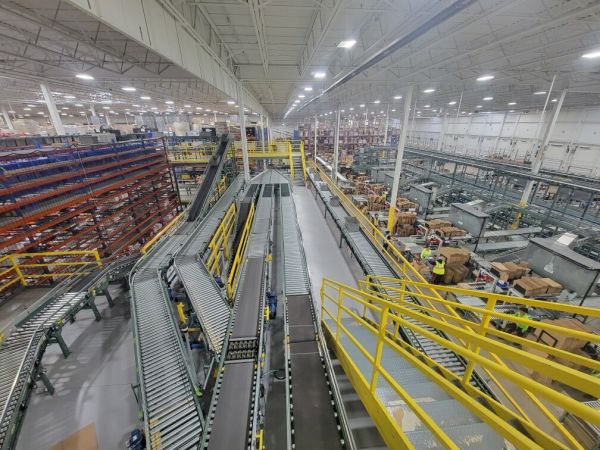 UAS' facility after implementation with Siggins
UAS' facility after implementation with Siggins
Making the call
In any manual picking warehouse, there comes a point where adding more workers creates more congestion than throughput. This is an essential principle of industrial engineering: Without a prerequisite, scalable infrastructure in place, more labor increases errors and operational slowdown.
UAS was at that point. Ranalli knew it was his responsibility to find a way to meet the increased demand regardless. Otherwise they’d stagnate, damaging a company reputation that he’d worked his whole life to build.
He had to make a move. A big one. But the prospect of a total warehouse upgrade was stomach-churning.
If he invested millions of dollars in a warehouse systems retrofit then it’d need to do more than just meet current demand — it would have to scale to future increases in demand 10 years down the line, too. Otherwise, the math wouldn’t make sense. Any mistake here, Ranalli said, “could have 100% bankrupted me. Taken me out of business.”
Ranalli reached out to a few engineering firms and started to learn more about what robotics could do for his facility. One day, his WMS provider recommended he talk to Siggins. Ranalli made a call to Jeff Basch, Warehouse Design Consultant at Siggins, on a Thursday.
That Tuesday, Basch and Brian Guffey, Siggins’ Director of Engineering, landed on site in Syracuse.
The plan
“He had no clue who I was. I was Joe Blow. Never saw me, knew me, heard anything about me" Ranalli said. So it mattered even more that Basch was “smart enough to get his butt on a plane and come up here.”
When Basch first visited, the UAS warehouse employed a combination of three multi-level picking towers and lots of equipment that allowed workers to move around the facility and lift themselves up to pick items. Ranalli, with a core of strong supervisors and tried-and-true material handling strategies, was able to achieve decent throughput.
But to the trained eye, the strain was obvious. Multiple carts lurching down the aisles at once. Fork trucks waiting for others to move out of the way. And way too many people coming and going from the shipping area to drop off orders.
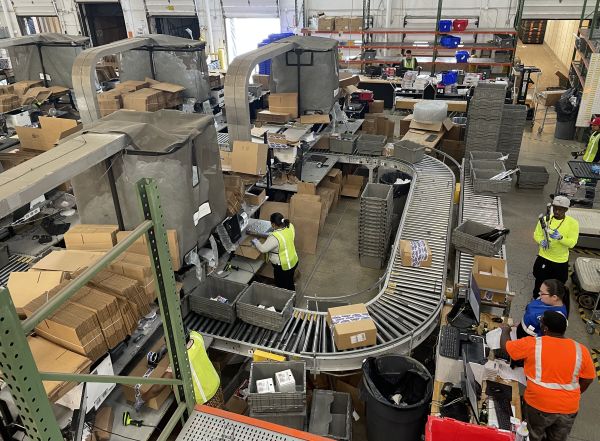 UAS' facility before work with Siggins began
UAS' facility before work with Siggins began
Siggins put together ideas for a retrofit that saved on labor and space by separating workers into designated zones, each built out with specialized technology. Ranalli and the Siggins team went back and forth on designs — and because Siggins wasn’t committed to any single equipment vendor, multiple options were on the table. The chosen solution included:
- Three OPEX Perfect Pick machines to handle smaller items, reaching nearly 100,000 SKUs
- A reconfiguration of their existing pick towers into a single pick module outfitted with conveyors
- A consolidated, robust receiving area serving the entire warehouse
- A new packing area with 32 stations, each built for ergonomics with minimal lifting
Huge change was an understatement. Ranalli knew he needed it. But he wanted to be cautious. He wanted to know it would work.
So Ranalli and Basch took a field trip. Flying out to an ongoing Siggins project site, Rannali saw exactly how the systems Siggins designed for his facility would function. He saw the swift, efficient picking that automation offered. He saw the intelligence behind every element of the warehouse’s design.
He was in. In August 2022, implementation began.
The implementation
The analogy Ranalli often falls back on is medical: “I don't know what else to compare it to other than open heart surgery. It's our lifeline, it's our blood, it's our being.” The implementation was a high-stakes intervention, resuscitating a facility with clogged arteries.
With a 12-month timeframe for the retrofit, there was no room for slowdown. The operations and infrastructure of practically the entire facility needed to be rerouted, demolished and reconstructed. All while orders were still coming in and shipping out.
But Siggins made a commitment that business could go on as usual while their work was being completed. “Siggins always had a roadmap. They always knew what needed to be done by when, where to focus,” said Ranalli, “And as long as we followed their roadmap, we got there in the end.”
Basch remained a constant point of contact. No hand-offs between Siggins team members meant smoother project management. And during installation, Ranalli had Siggins engineers on site at all times: “They were here every day. They're on site every day, doing things every day. I mean, they were part of my family.”
Right on the mark, the installation process was completed in August 2023. The retrofitted warehouse slashed ship times by more than half and housed the flexible, scalable infrastructure needed to meet future increases in growth. Pickers learned the equipment within ten minutes and work in the facility is now streamlined, safer and far less prone to frustration.
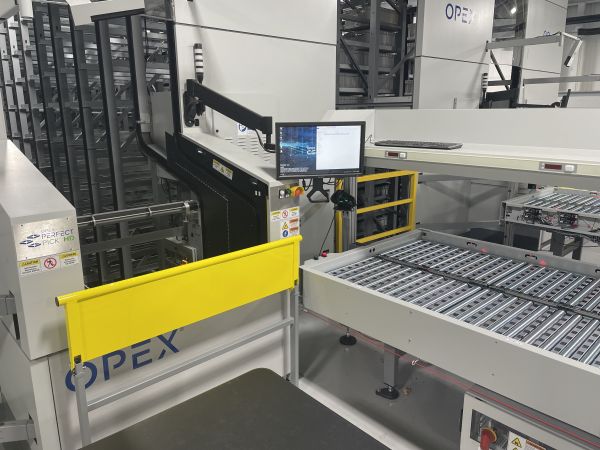 An OPEX Perfect Pick system in UAS' retrofitted facility
An OPEX Perfect Pick system in UAS' retrofitted facility
Ranalli had achieved greater throughput with fewer labor and space requirements. And Siggins and UAS remain partners post-installation, with Siggins still on call for support.
For Ranalli, what Siggins offered his warehouse was open-heart surgery. The stakes don’t get much higher. That’s why he needed to place his trust in a systems integrator that doesn’t take their cues from equipment manufacturers. When you’re on the operating table, you don’t want a knife salesman doing the procedure.
You need a surgeon with plenty of experience. Every facility is unique and needs its own approach. But Siggins knows warehouse and DC operations. Siggins knows the tech and industrial engineering. With a mix of creativity and expertise, Siggins ensures your system never misses a beat and your team never misses a pick.
As Ranalli puts it, “Working with Siggins, you feel like you're working with someone that's done it before. They speak the same language you do, they understand your pains. They've been there, they’ve done that.”
Now it's your turn
A no-pressure call with the Siggins team sets you on the track to streamlined, robust operations. Unlike other systems integrators, we’re unaffiliated with manufacturers and don’t try and sell you on equipment. We work with you to design and build operations that suit your budget, goals and timeline.
Get a site survey now.



